(Many of the links in this article redirect to a specific reviewed product. Your purchase of these products through affiliate links helps to generate commission for HomePressureCooking.com, at no extra cost. Learn more)
The Magic of Pressure Cooking
Pressure cooking is a game-changer in the kitchen. It's fast, efficient, and can turn tough cuts of meat into tender, flavorful meals in a fraction of the time. But what happens when you stumble upon a fantastic recipe that's not designed for a pressure cooker? No worries! With a few simple tips and tricks, you can convert almost any recipe for your pressure cooker.
Understanding the Basics
Before we dive into the nitty-gritty of recipe conversion, let's get a handle on the basics of pressure cooking.
-
Speed: Pressure cookers work by trapping steam, which raises the cooking temperature and allows food to cook much faster. This means you'll need to adjust cooking times when converting a recipe.
-
Liquid: Because pressure cookers use steam to cook, your recipe will need some liquid. If the original recipe doesn't include a liquid, you'll need to add some.
-
Release Method: There are two ways to release pressure from your cooker: quick release and natural release. The method you choose can affect the cooking time and texture of your food.
Converting Cooking Times
The biggest challenge in converting recipes for a pressure cooker is adjusting the cooking time. As a general rule, pressure cooking is about twice as fast as conventional cooking. So, if a recipe says to cook something for an hour, you'll want to pressure cook it for about 30 minutes.
Here's a quick guide to help you out:
- Meats: For every 1 hour of conventional cooking time, pressure cook for 20-30 minutes.
- Grains: For every 1 hour of conventional cooking time, pressure cook for 15-20 minutes.
- Vegetables: For every 1 hour of conventional cooking time, pressure cook for 5-10 minutes.
Remember, these are just guidelines. Depending on the size and density of the food, you may need to adjust the cooking times slightly.
Adjusting Liquid Amounts
Pressure cookers need liquid to create steam. If your recipe doesn't call for any liquid, you'll need to add some. A good rule of thumb is to add at least 1 cup of liquid for every 1 hour of conventional cooking time.
If your recipe already includes a liquid, you may need to reduce the amount. This is because pressure cookers are sealed and don't allow for evaporation. So, if a recipe calls for 4 cups of broth, you might only need 2 cups in a pressure cooker.
Choosing the Right Release Method
The release method you choose can affect both the cooking time and the texture of your food.
- Quick Release: This method releases the pressure quickly, stopping the cooking process immediately. It's best for delicate foods like vegetables and seafood.
- Natural Release: This method allows the pressure to drop gradually, which can take 10-20 minutes. It's best for meats and other foods that benefit from a little extra cooking time.
Read more: Simple Pressure Cooker Chicken Recipe Guide
Final Thoughts
Converting recipes for a pressure cooker can seem a bit daunting at first, but with a little practice, it becomes second nature. Remember, the key is to adjust the cooking time, liquid amount, and release method. And don't be afraid to experiment a bit. After all, the best part of cooking is making a recipe your own. Happy pressure cooking!

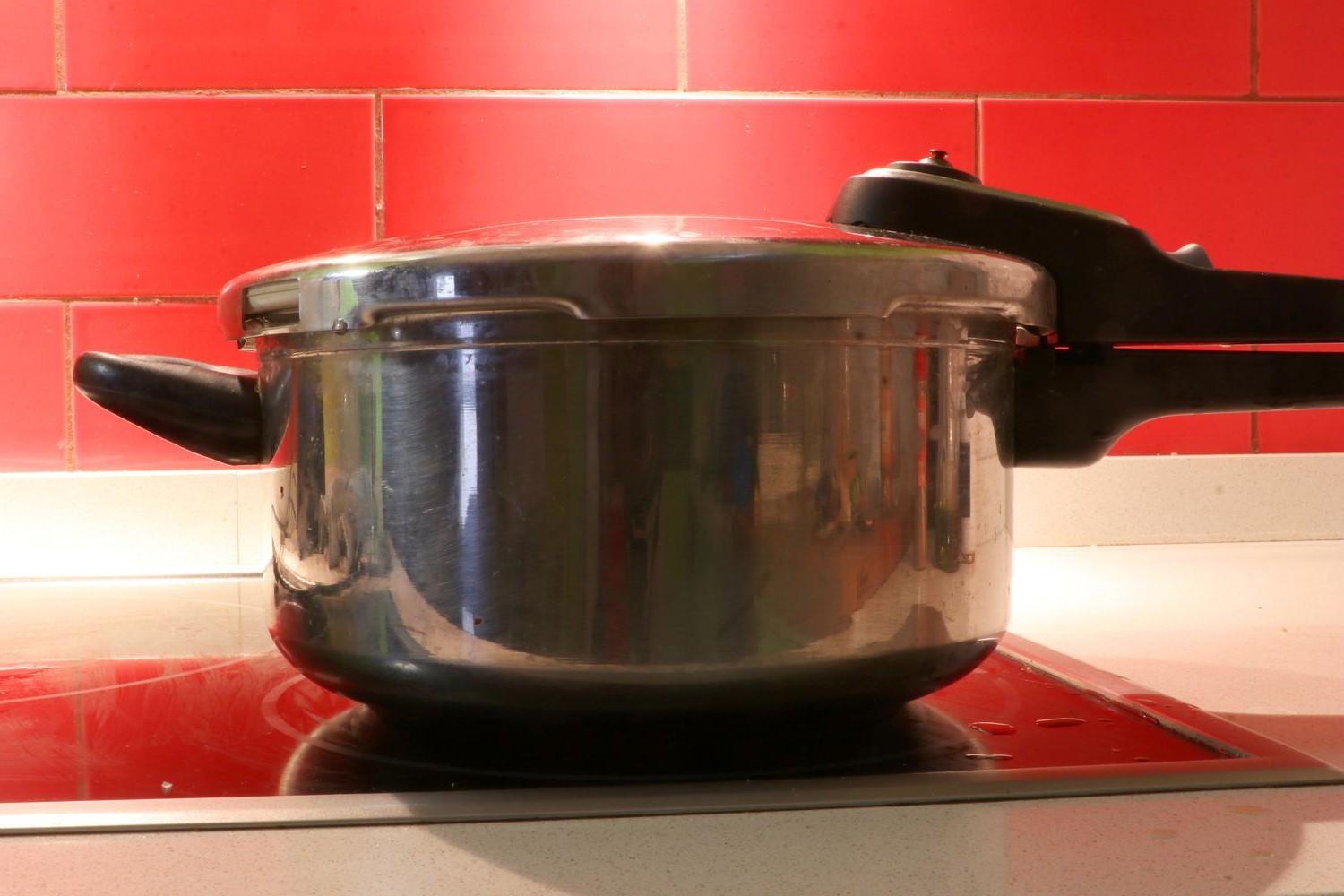
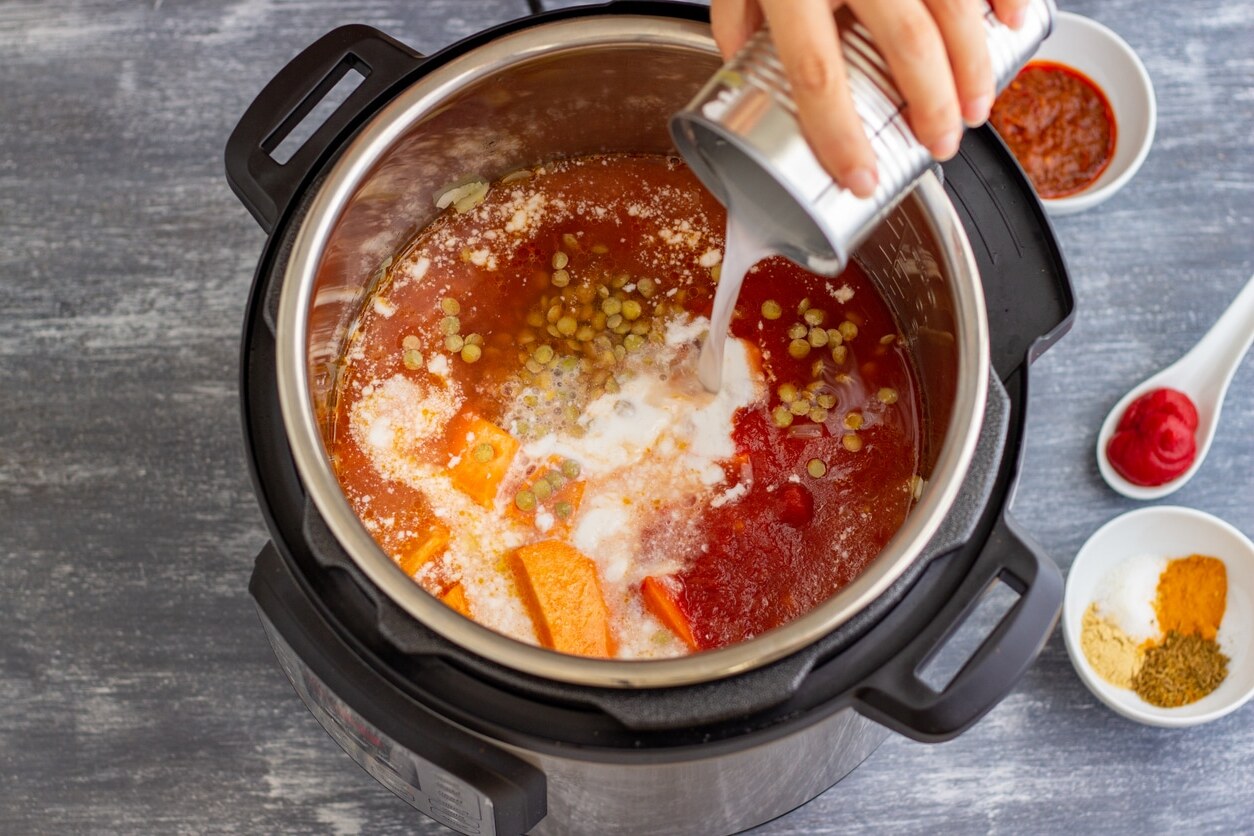
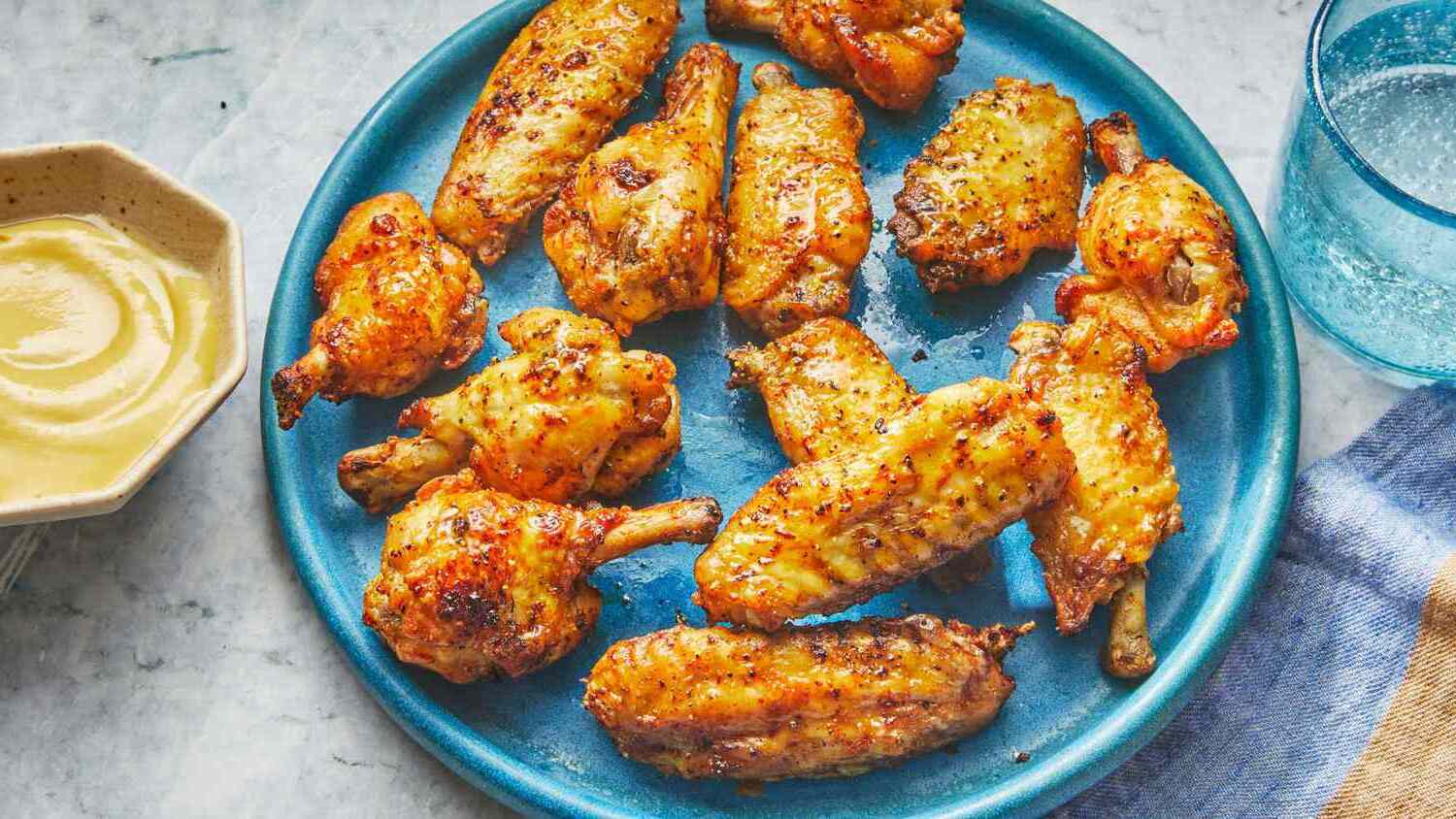
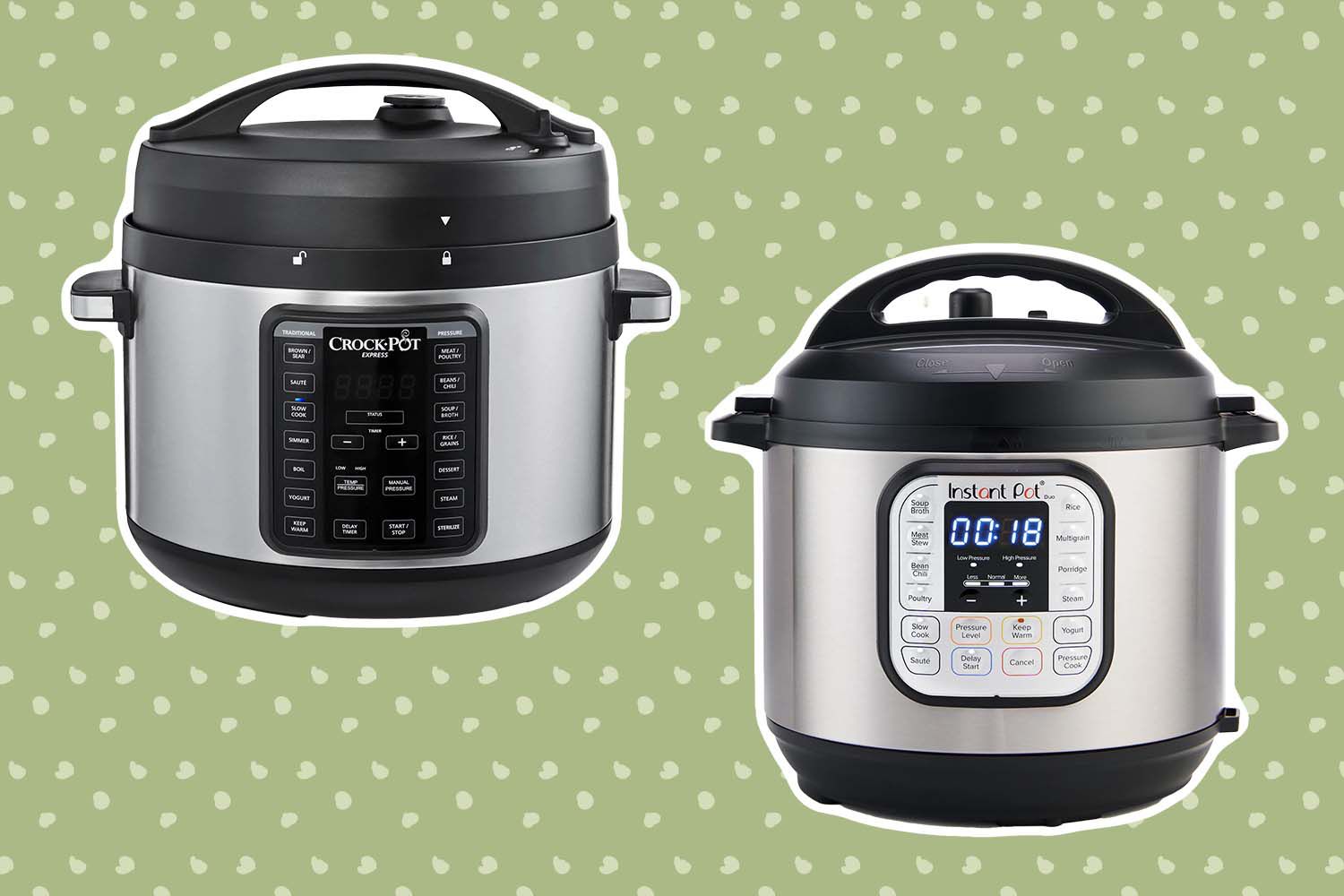
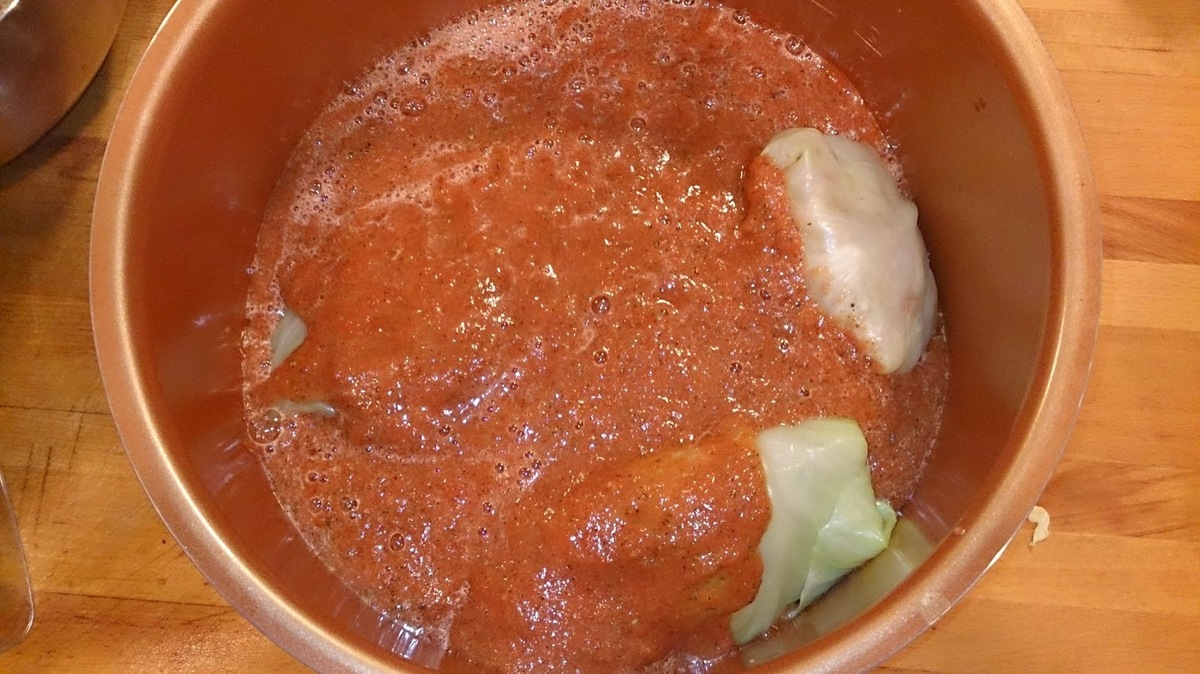


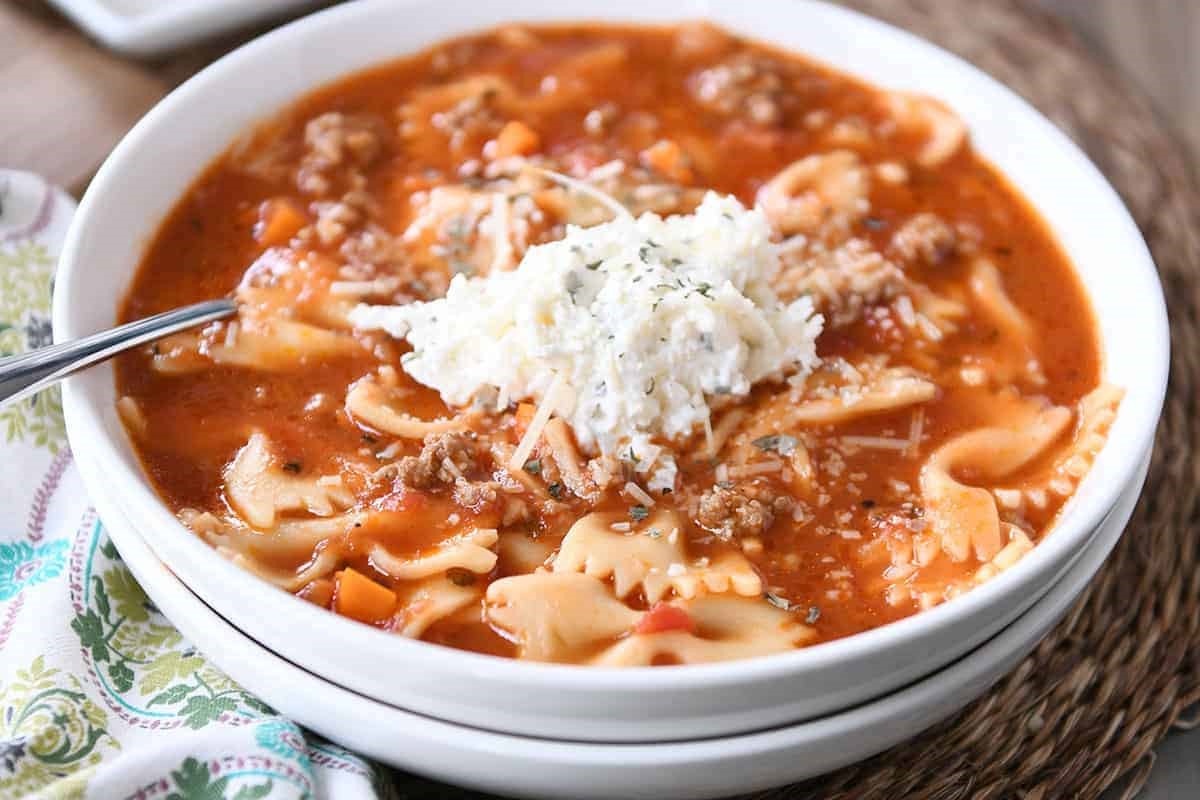





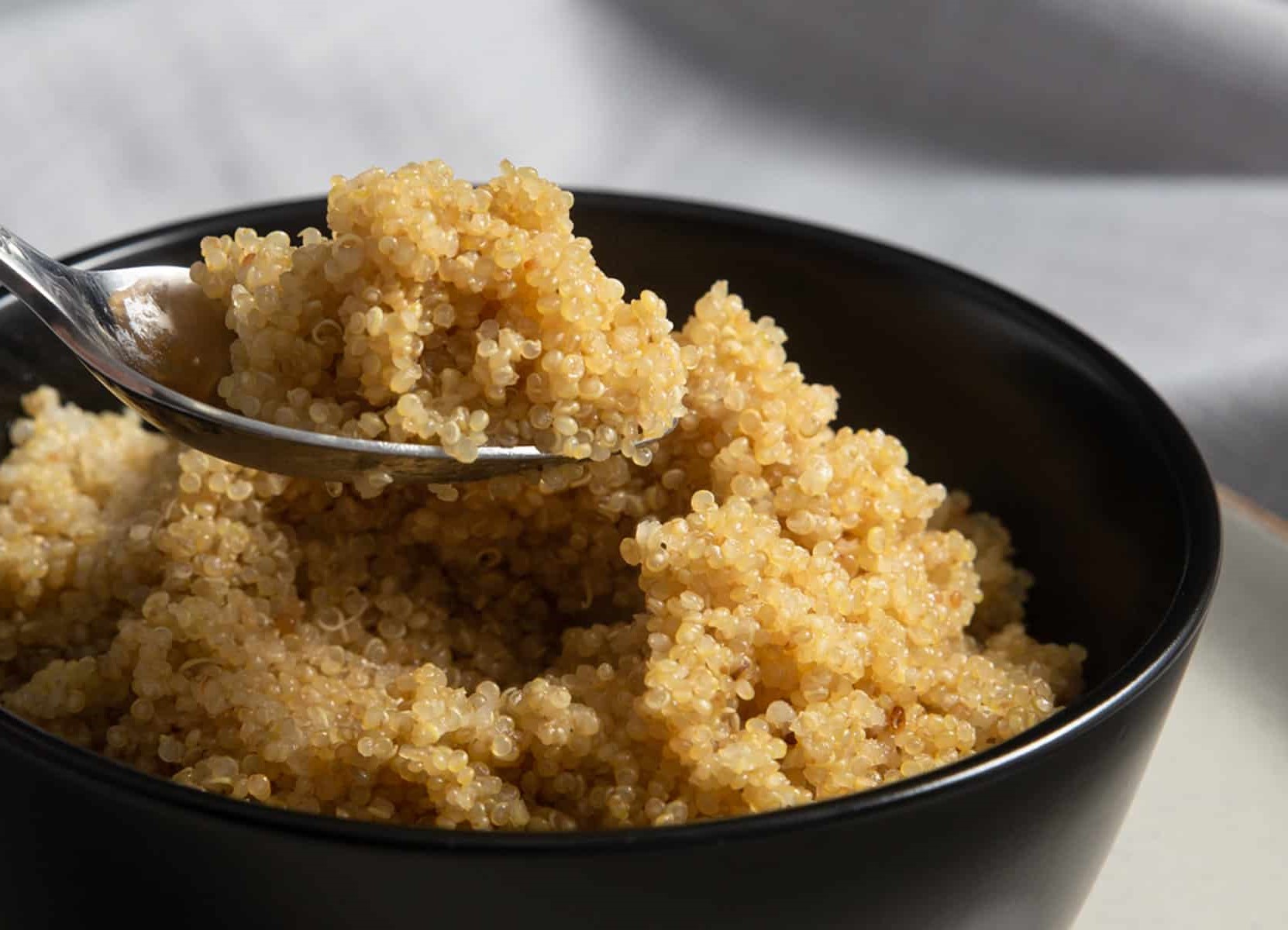
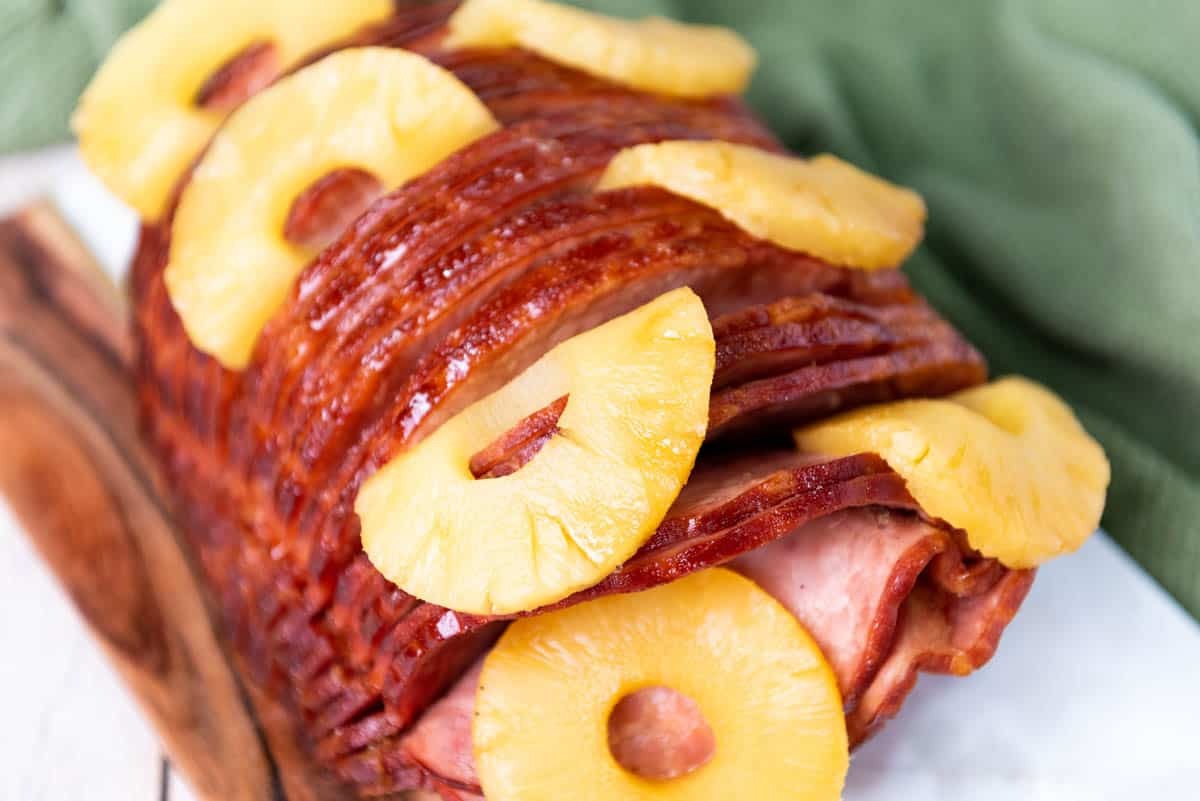

0 thoughts on “Pressure Cooker Recipe Conversion Guide”